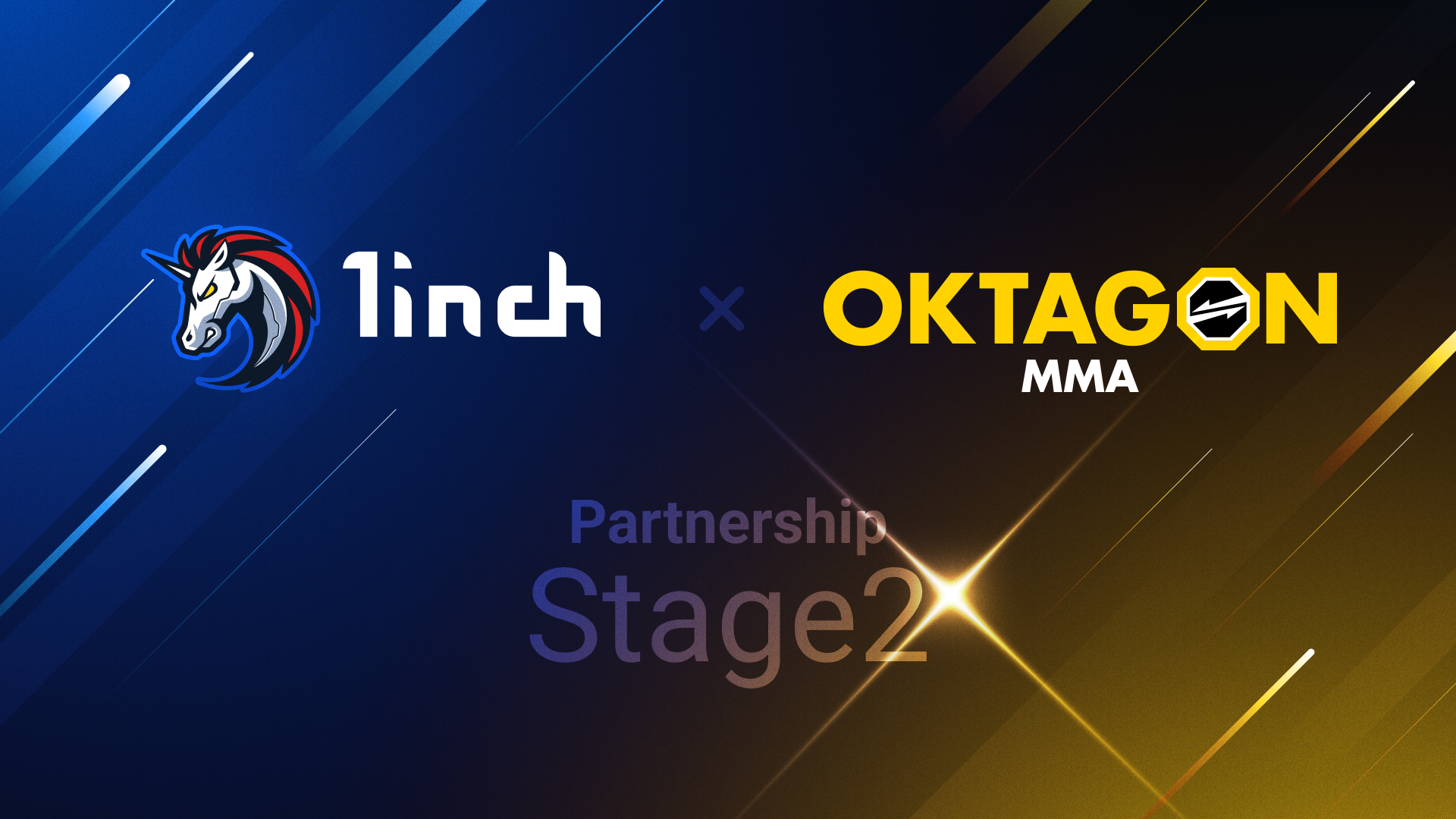Exploring the NFT space and its emerging opportunities

Recent explosive growth in sales of non-fungible tokens (NFTs) has triggered significant interest in this kind of digital assets. However, the issues of NFTs’ investment value, along with criteria for finding worthy NFT collections and the best ways to keep them, are being raised.
Unlike crypto coins or other blockchain tokens, an NFT is a unique digital asset that can’t be replaced with another asset of the same kind. A particular digital signature establishes each NFT as one of a kind. These assets are so highly valued since they serve as a form of unique authentication for item buyers and verify their ownership.
Any digital file like a video, a photo, graphic design, digital 2D graphics or 3D art can be converted into a non-fungible token. This technology creates huge and formerly impossible monetization options for the physical copies’ holders.
NFT’s essence and market prospects
The media and content industry has recently witnessed an increasing interest in NFTs, boosting enthusiasm for the phenomenon. Hence, many people turned to these assets as an investment opportunity. According to Dune, the number of buyers and sellers of NFTs is steadily growing, and so is the trading volume of NFTs on marketplaces. Although some traders believe non-fungible tokens to be a speculative product, major companies in sports, fashion, art, music, technology, gaming and entertainment recognize the importance of NFT and regularly launch their own branded NFT collections. Investors in other sectors are following in their footsteps, predicting soon-to-be tokenization of almost any object, from tickets to houses.
Currently, the most popular types of NFTs include artworks, digital trading cards, memes and GIFs, virtual fashion, sports history short videos, domain names, as well as gaming industry and metaverse content. Speaking of DeFi, NFT can be helpful in royalty or revenue sharing and ownership dispute resolution projects.
Since NFTs give the right of exclusive ownership, the range of their use will increase, making them interesting in the early investment stage. Some areas have not yet been even fully explored as a possible part of the NFT ecosystem and remain undervalued. Since NFTs can address users’ personal data privacy, they can be applied, for example, in medicine to store patients’ data or to create ballots for elections. The idea of facilitating real estate transactions with NFTs is another possible direction of expansion. The technology can also find wider adoption among music and video creators.
Strategies behind successful NFT projects
One reason for NFTs’ popularity is that they serve as some kind of a gateway for non-crypto investors seeking to explore Web3. Another factor causing their enormous traction as an investment opportunity is the success of various sensational NFT projects, whose non-fungible tokens are now priced in thousands and millions on the secondary market.
NFT projects facilitate presentation of creative work in the digital space, the idea, the concept, marketing and PR tools. They are based on limited collections of non-fungible tokens, which are placed on digital platforms. The success stories of such collections as BAYC, Crypto Punks, Azuki, Pak and others are similar in their promotional approach. The attention to the projects was initially drawn by actively engaging online communities mostly on Twitter and Discord. Some NFT teams also used celebrities’ endorsement or a metaverse creation. They also distributed limited NFTs among project communities or people that have completed certain tasks like tagging on social media. The projects became viral among those who are interested in the NFT, which prompted the rapid sales of the collections within a few hours following their releases.
All successful collections share ideas that can vary from Belugies’ eco-friendliness to Pak’s rethinking of art, but always reflect upcoming global trends and tastes of the potential audience.
What to consider when selecting NFTs to invest in
Given that NFTs are risky investments, compared by some experts to BTC in terms of speculative potential, investors have to carefully screen tokens’ value before purchasing.
To judge the prospects of a new project, in addition to considering its exclusivity and community involvement, it is worth looking at whether the project team is reliable or not. Also, a check of whether the NFT’s holder owns special rights and a study of the projects’ economics can be helpful. This allows an investor to determine if the collection has sustainable potential for growth. The presence of value in addition to collecting comes at an extra plus.
Where and how to buy NFTs
To get started with NFTs, a user will first need a cryptocurrency wallet and a connection to an NFT marketplace. There are also options of creating a new wallet on a marketplace or importing an already existing wallet. With the 1inch Wallet, no additional steps are required, as it is already connected to OpenSea, the leading trading platform where most NFT transactions are performed. There are also multiple popular marketplaces like Nifty Gateway, SuperRare, Rarible and others. After the purchase of an NFT on the marketplace, it is transferred to your wallet.
Releases of new NFTs and collections happen at NFT auctions where a seller submits a minimum price for bidding during a certain time period, selling their non-fungible tokens to the highest bidders. Auctions can either be a feature of a popular marketplace or event, or a stand-alone platform focused on auctions.
Those interested in digital art might be familiar not only with well-known NFT marketplaces but also with art platforms like Artsy, which regularly holds auctions, as well as with local platforms where promising artists can also be displayed. Top NFT projects usually also appear on NFT native auctions hosted by the traditional auction houses Sotheby’s and Christie’s, where successful sales drive the pricing of the secondary market.
Meanwhile, NFTs can be received for free as a part of airdrops or giveaways. To draw attention to a project and increase its value, NFT teams often use airdrops, distributing some part of their NFTs for free as promo or as a reward for participating in activities.
All about storing NFT collections
Unlike other cryptocurrencies, NFTs cannot be exchanged. But a common feature with other crypto assets is that they are bought, sold and stored via blockchain. Currently, the most popular blockchain for NFTs is Ethereum, but networks like Polygon, Solana, BSN, Avalanche and others also support non-fungible tokens.
NFTs should be stored in a safe place to avoid the risk of losing collections, particularly when a user is holding them as collectibles and investments. The 1inch Wallet boasts high-level security and enables users to view all NFTs on Ethereum held in their address, organize them by assortment and transfer NFTs to different wallets. The NFT support feature is currently available only on the Ethereum and Polygon networks, but will be expanded to other chains in the near future.
You can test all NFT features by installing the 1inch Wallet, which is available both for iOS and Android.





























